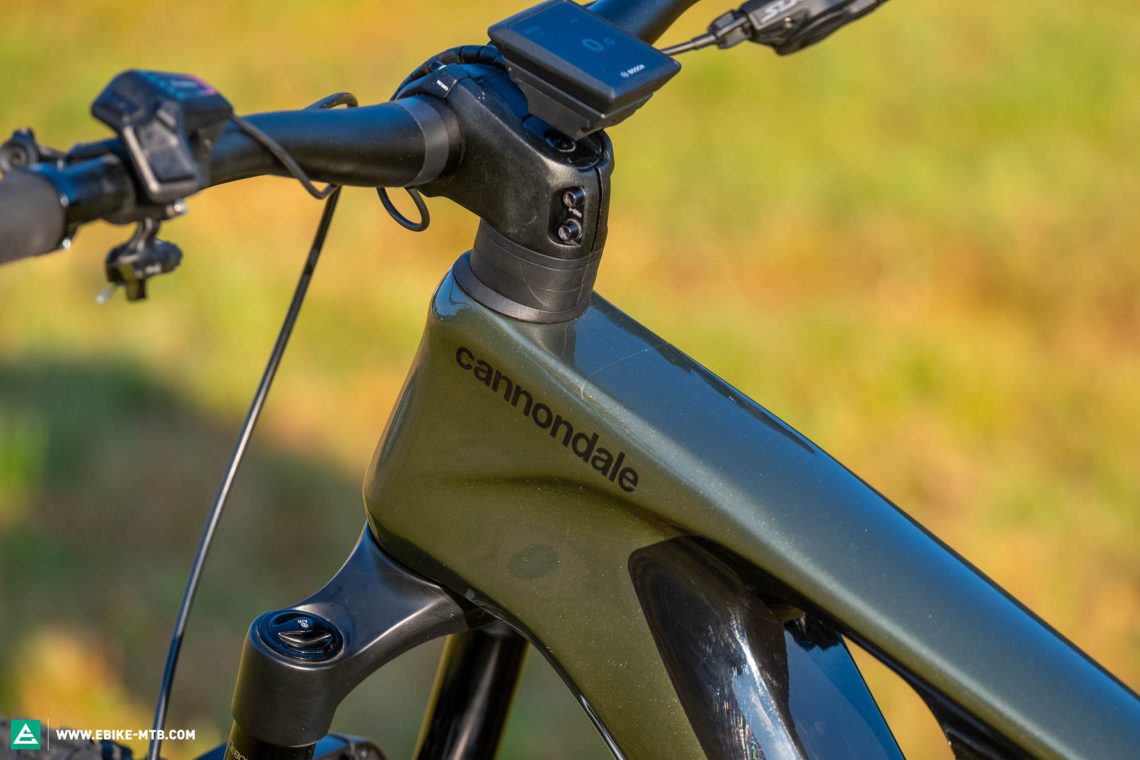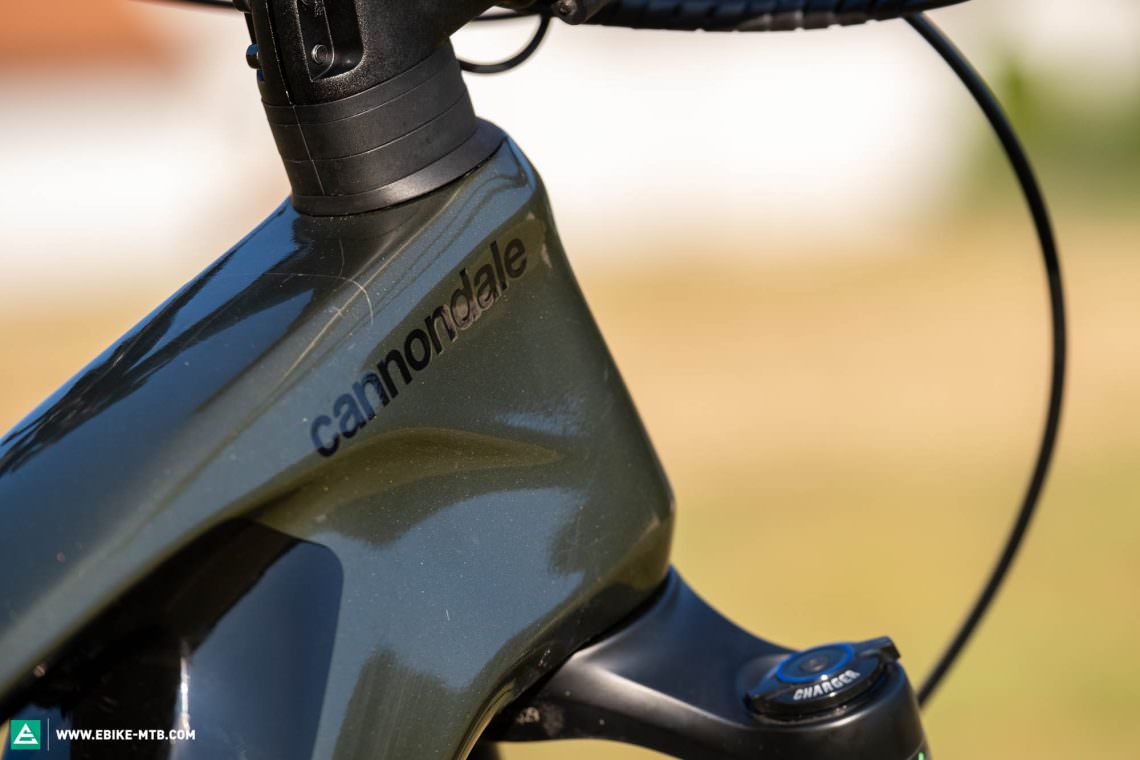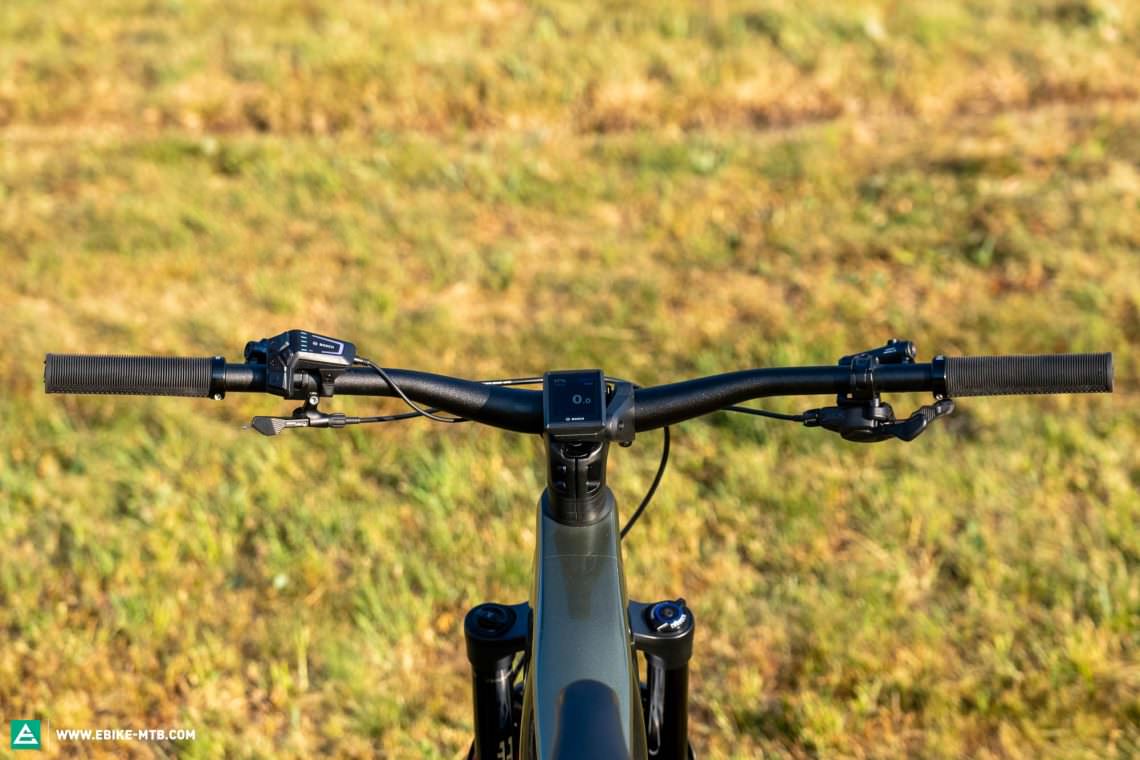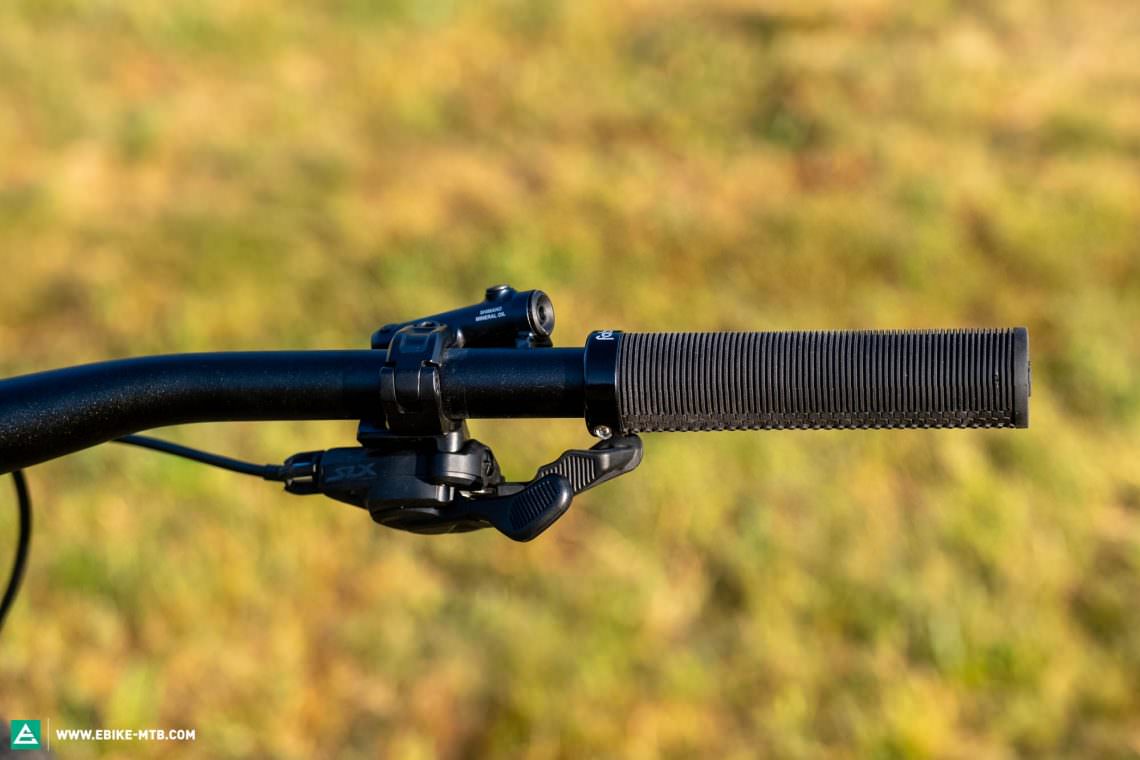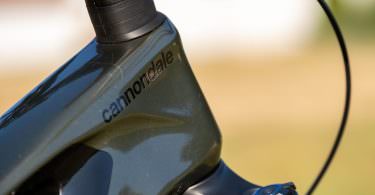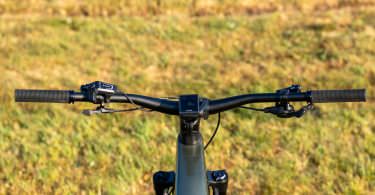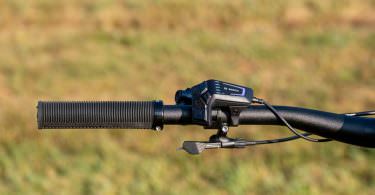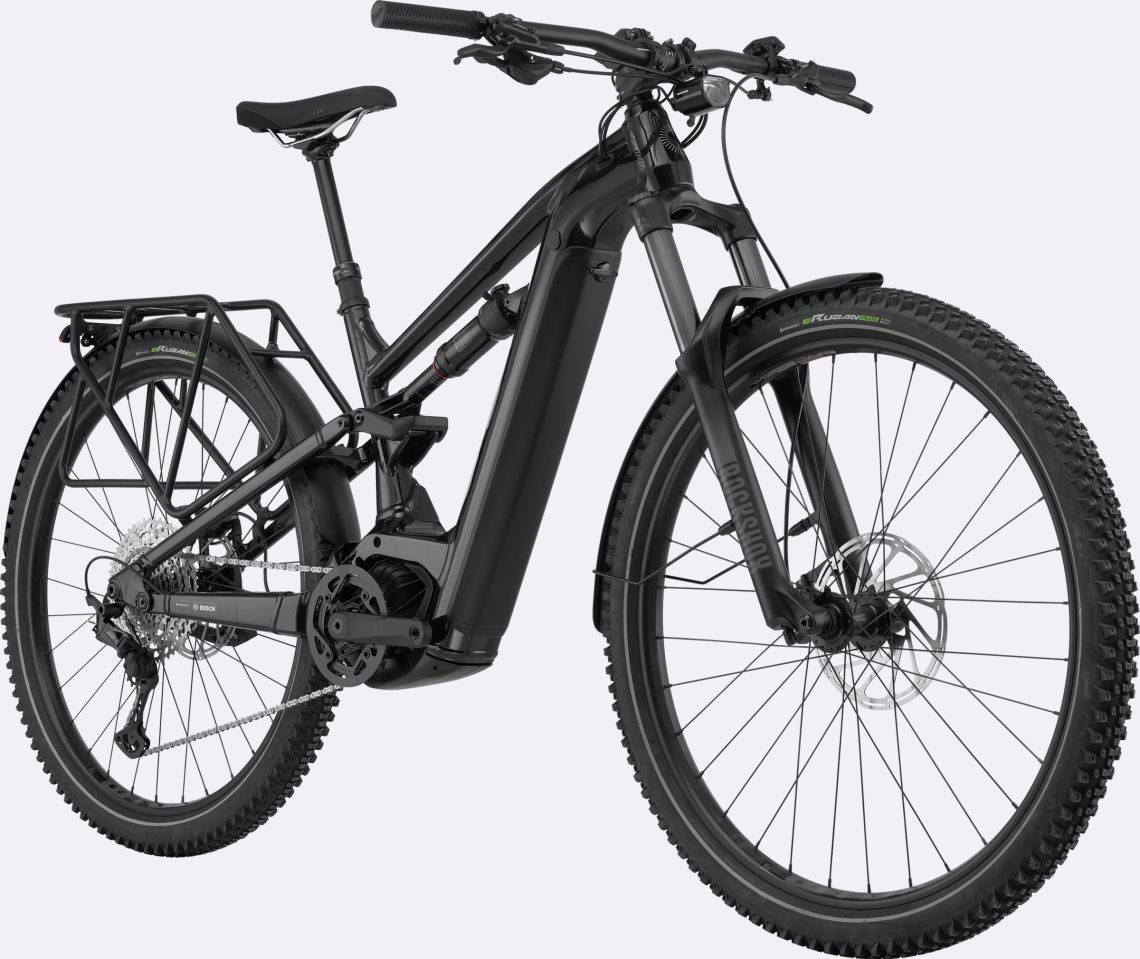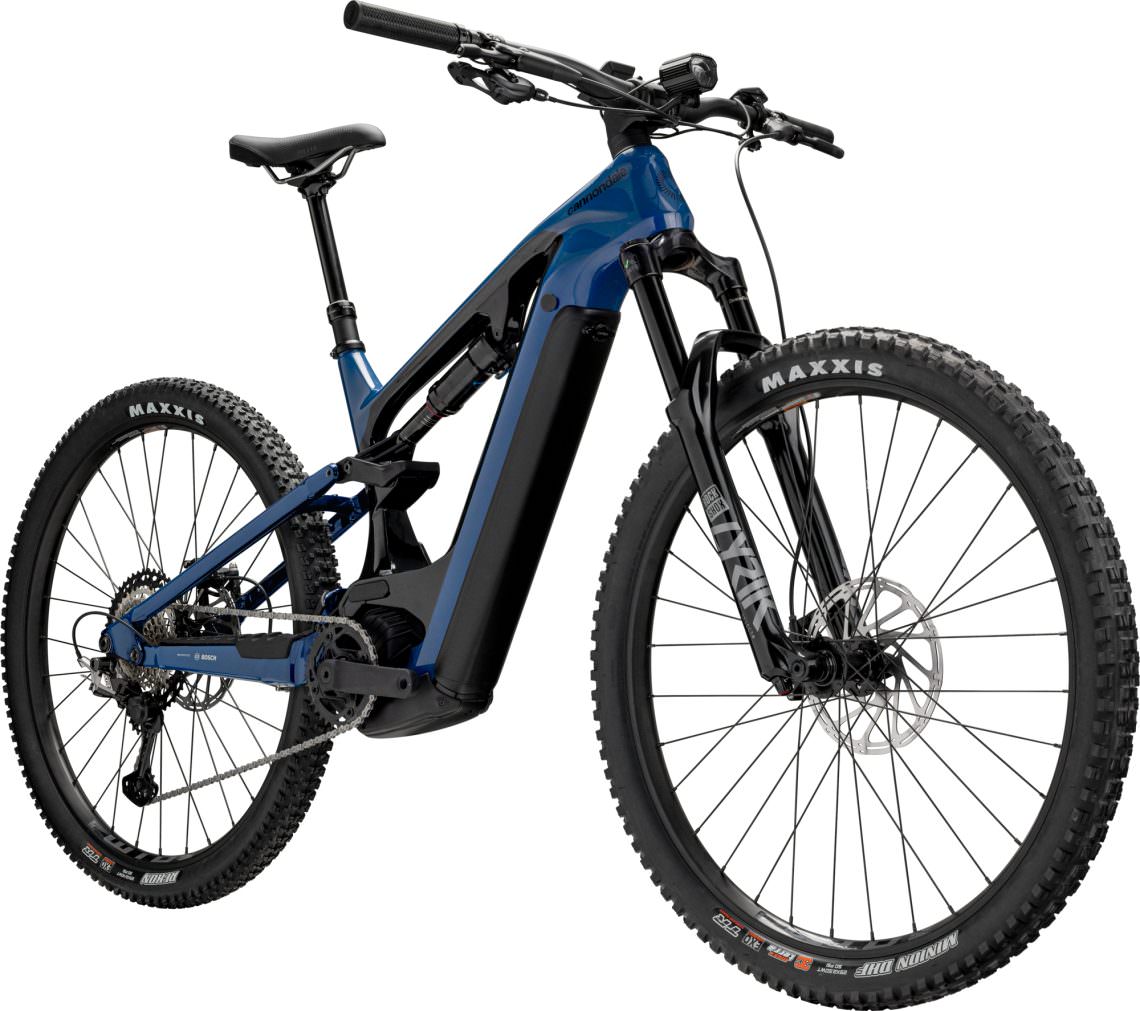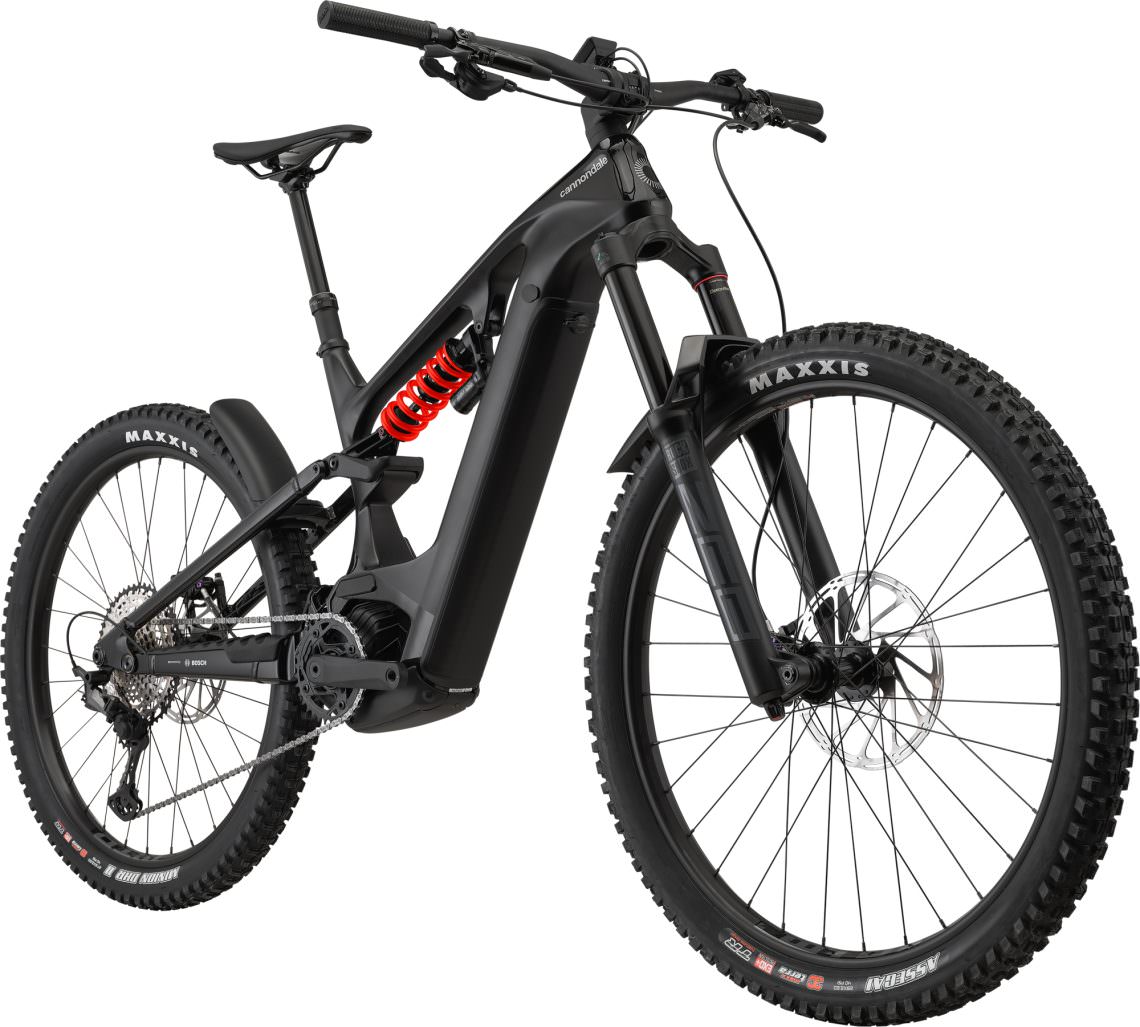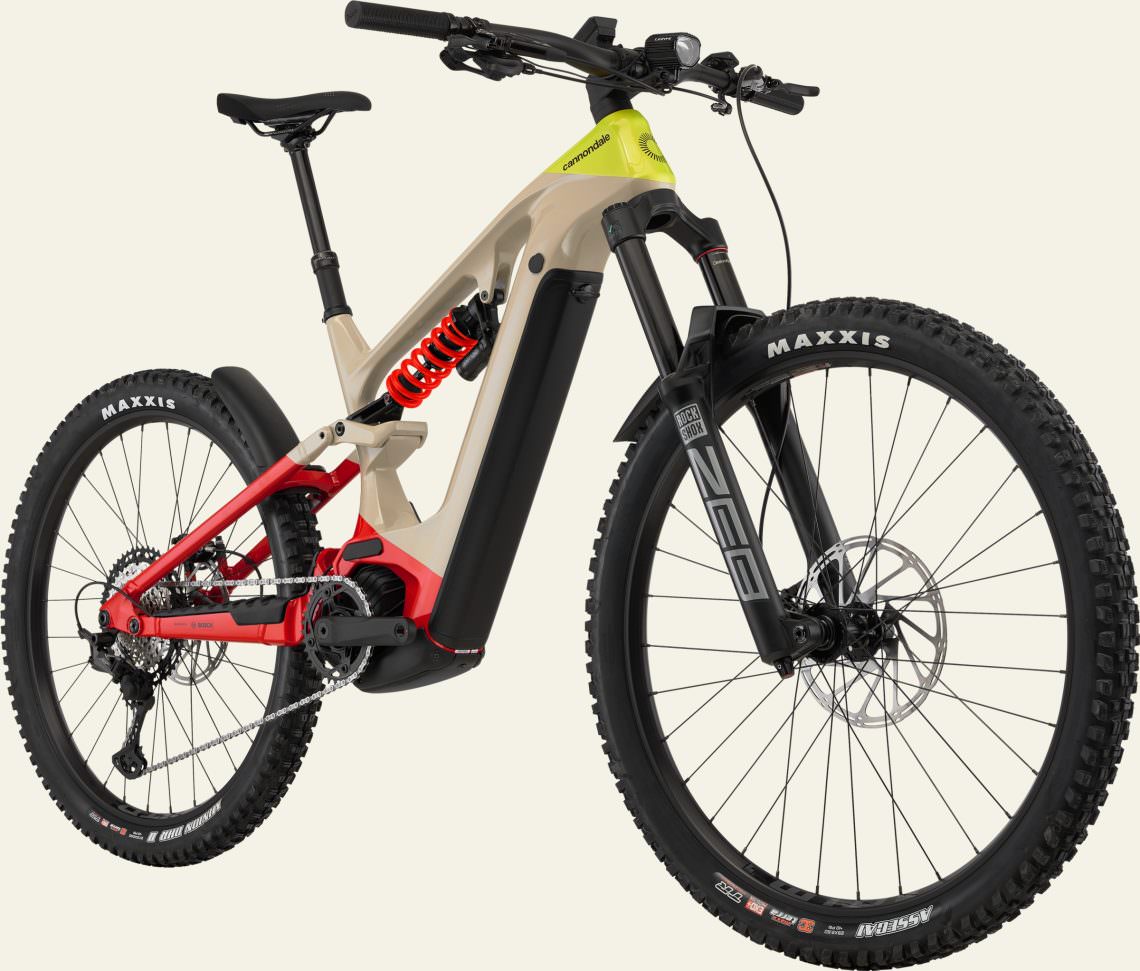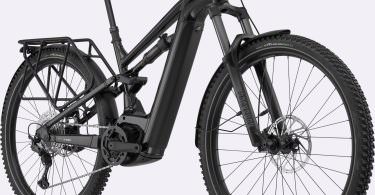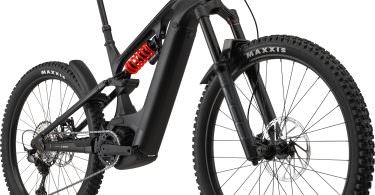The Cannondale Moterra Neo Carbon 2 is finally available, and it’s been updated with the new Bosch Smart System and a 750 Wh battery. Besides that, the new bike has gotten some exciting features for commuters, and the geometry has been refined, too. Is that enough to bring the Moterra back up to speed?
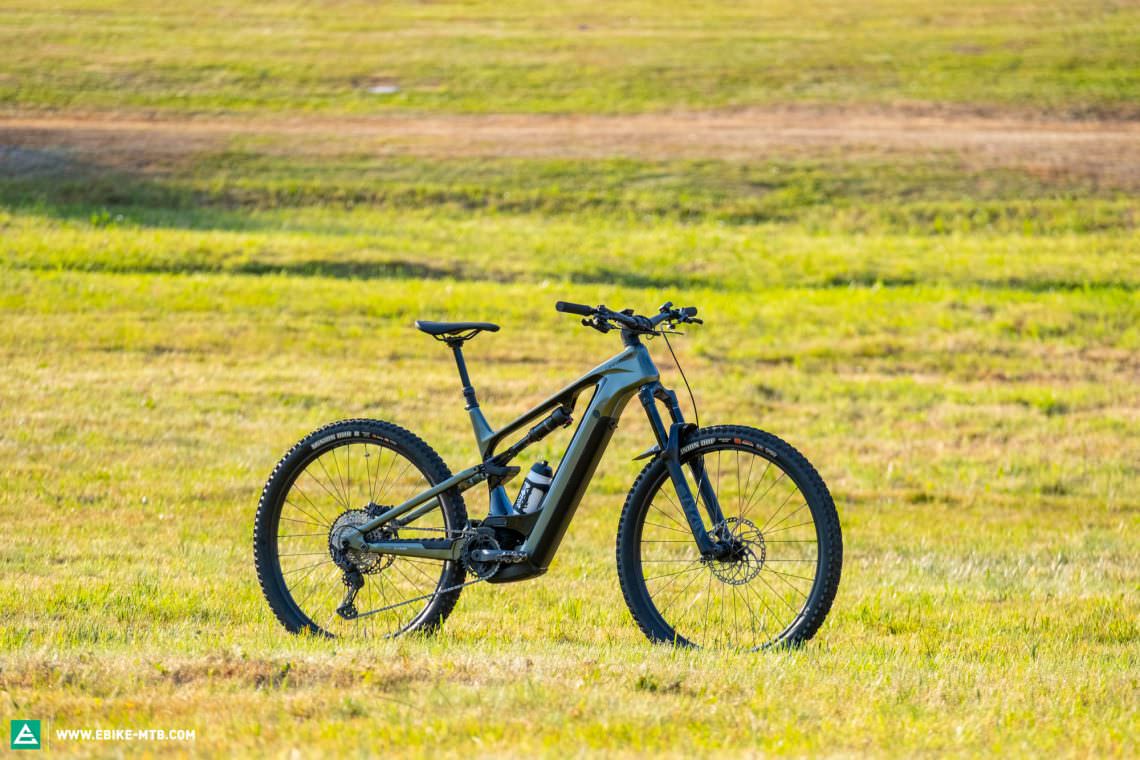
25.20 kg in size L | € 7,499 | Manfacturer’s website
The Cannondale Moterra was first introduced in 2016. In the meantime, it’s established itself in the Cannondale line-up as a versatile eMTB for trails as well as the occasional commute. The predecessor made for a good all-rounder and had some practical everyday features, though it’s started to look a little outdated. For 2022, Cannondale have updated their all-rounder with the Bosch Smart System and 750 Wh battery. Bosch’s new system has also gotten a few useful updates, such as Hill Hold Control and eBike Lock, allowing you to use your smartphone as a key to unlock the motor. Lastly, Cannondale have made some slight refinements to the frame of the 2022 Moterra to bring the bike up to date, now offering a wide variety of models in the Moterra range. We put it to the test to find out whether they’ve managed to retain its good-natured all-round character.

The 2022 Cannondale Moterra Neo Carbon 2 in detail
On the outside, the 2022 Cannondale Moterra Neo Carbon 2 is hard to distinguish from its predecessor. It continues to roll on 29″ wheels, though the travel has been shortened by 10 mm compared to the 2021 model, now offering 150 mm travel front and rear. The front triangle is made of carbon, paired with an aluminium rear end. And it’s peppered with inconspicuous bosses and mounting points. It might not look super clean, but it offers plenty of versatility. The bike will happily accommodate a luggage rack, stand and mudguards.

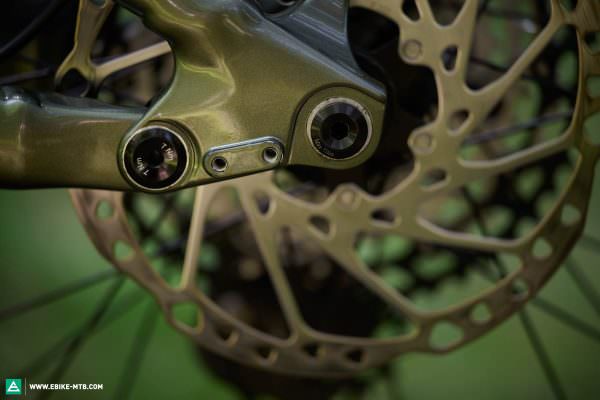
Inside the 2022 Moterra, you’ve now got the large 750 Wh Bosch battery to power the new Smart System motor, which is neatly integrated into the frame. The motor is protected by a sturdy skid plate made of aluminium. On our test bike, the speed sensor for the motor relied on an outdated spoke magnet. However, the production models should come fitted with the latest valve magnet.
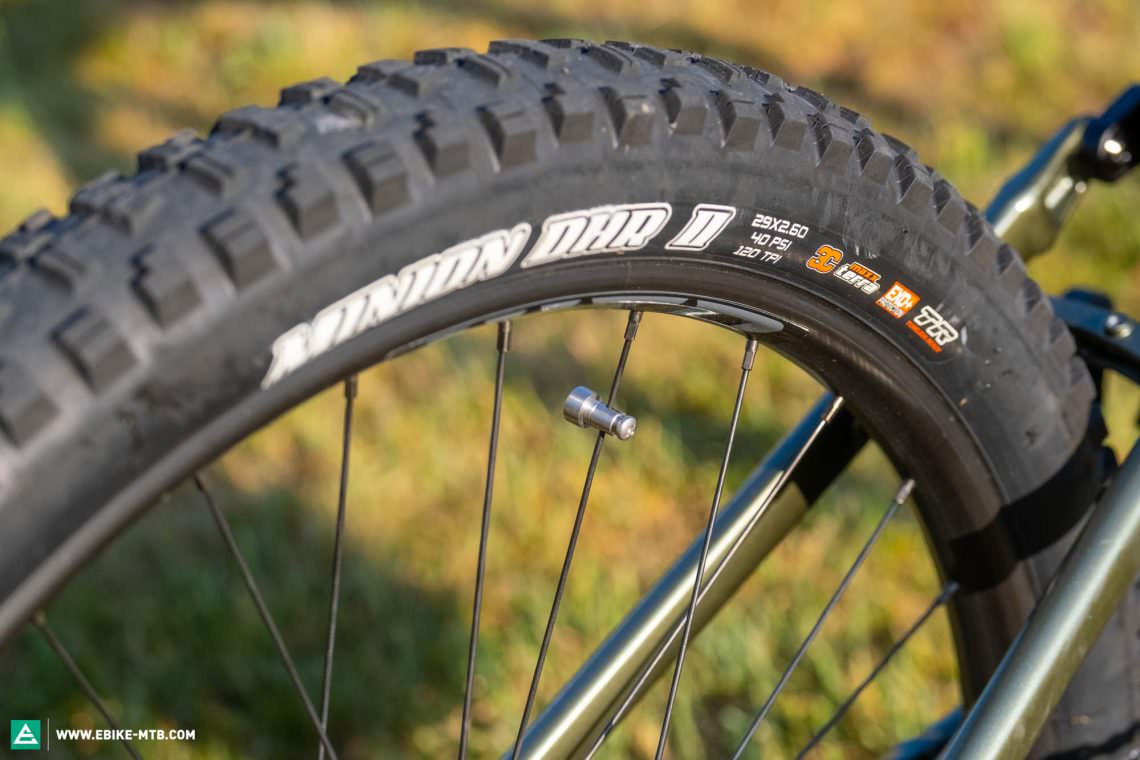
Of course, the mounting points for the sensor on the rear end will remain where they are. The charging port on the seat tube was designed by Cannondale in house, reliably keeping the socket clean and dry.
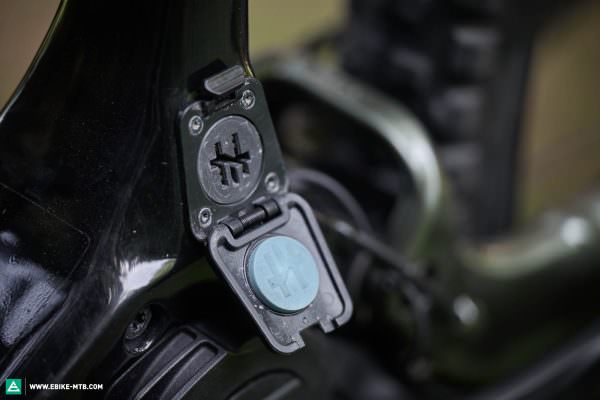

To access the battery, the cover must be unlocked by means of a bayonet lock and removed downwards. As with many Bosch ebikes, the battery is additionally secured by a lock and key. The keyhole is located on the side of the down tube, hidden underneath a rubber cap.

Cannondale have incorporated several design elements on the more “photogenic” drive side: the small step in the lower part of the front triangle results in flowing lines and all bosses and mounting points are covered with rubber caps. The non-drive side doesn’t look quite as neat.
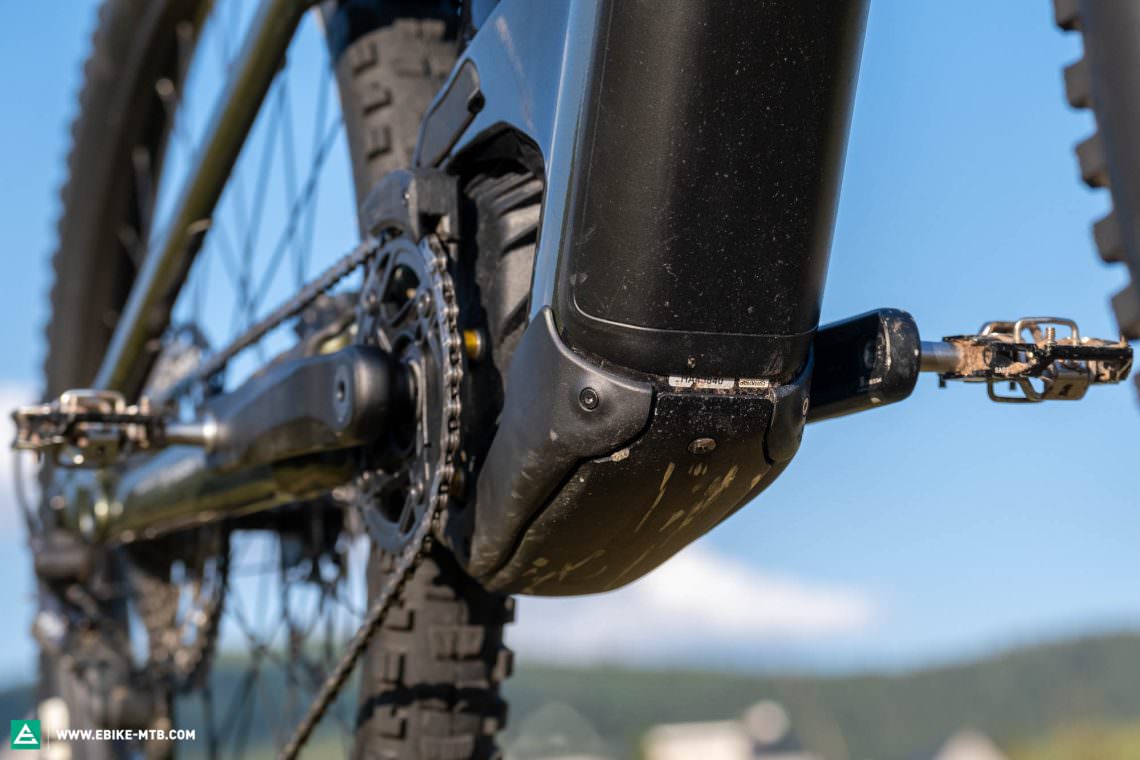
The moment you climb aboard the bike, you’ll notice the clean cockpit. All cables are neatly routed into the stem, directly beneath the handlebar – similar to the C.I.S. (Cockpit Integration Solution) system found on the FOCUS JAM2. As a result, there’s no need for cable ports on the frame. The shifter on the Moterra is mounted to the brake lever via the Shimano I-SPEC system. On the left-hand side of the handlebar, the brake lever, Bosch and dropper remote are all mounted separately, which looks a bit chaotic. Moreover, the dropper remote is a little sharp around the edges and the actuation feels somewhat vague.
The models of the 2022 Cannondale Moterra Neo
The Cannondale Moterra is available in three different variants:
- Short-travel (ST) 150/150 (f/r)
- Long-travel (LT) 170/160 (f/r)
- Moterra Neo EQ fully equipped SUV ebike 150/130 (f/r)
Regardless of the model, you’ll have the option of fitting a luggage rack, stand, and mudguards. The commuters and everyday heroes amongst us who place less importance on full-speed trail performance will love the EQ variant of the Moterra. With prices starting from € 6,199, it features an aluminium frame and comes fully equipped for everyday commuting. However, the EQ variant has been limited to 130 mm travel at the rear to allow you to pack your things onto the rack without fear of them colliding with the saddle. As such, you’ll have to be careful not to pack too many things on top of the rack if you retrofit a luggage rack to the 150 or 170 mm travel model. Cannondale don’t specify whether or not the bike is approved to pull a trailer, but there is a mount for a stand on the chainstay. It’s nicely integrated and isn’t too much of an eyesore, whether you’ve got a stand fitted or not.
The short and long-travel variants share the same front triangle, but the LT models come fitted with a smaller 27.5″ wheel on the rear, as does the standard model in the smallest frame size S.
The components of the 2022 Cannondale Moterra Neo Carbon
The Cannondale Moterra is available in two aluminium and two carbon versions. Models 3 & 4 are made of aluminium, whereas the 1 & 2 models rely on a carbon front triangle. The smaller the number, the higher the quality of the components and the more expensive the model. For 2022, models 1,2 and 3 have been upgraded to the new Bosch Smart System with a 750 Wh battery and Kiox 300 display. The entry-level model 4, on the other hand, comes specced with the Shimano EP 8 motor and a 630 Wh battery. The suspension is supplied by RockShox across the board, with the forks ranging from the entry level RockShox 35 to the higher performance Lyrik Select+. At the rear, you get a RockShox Deluxe Select or Select+ shock.
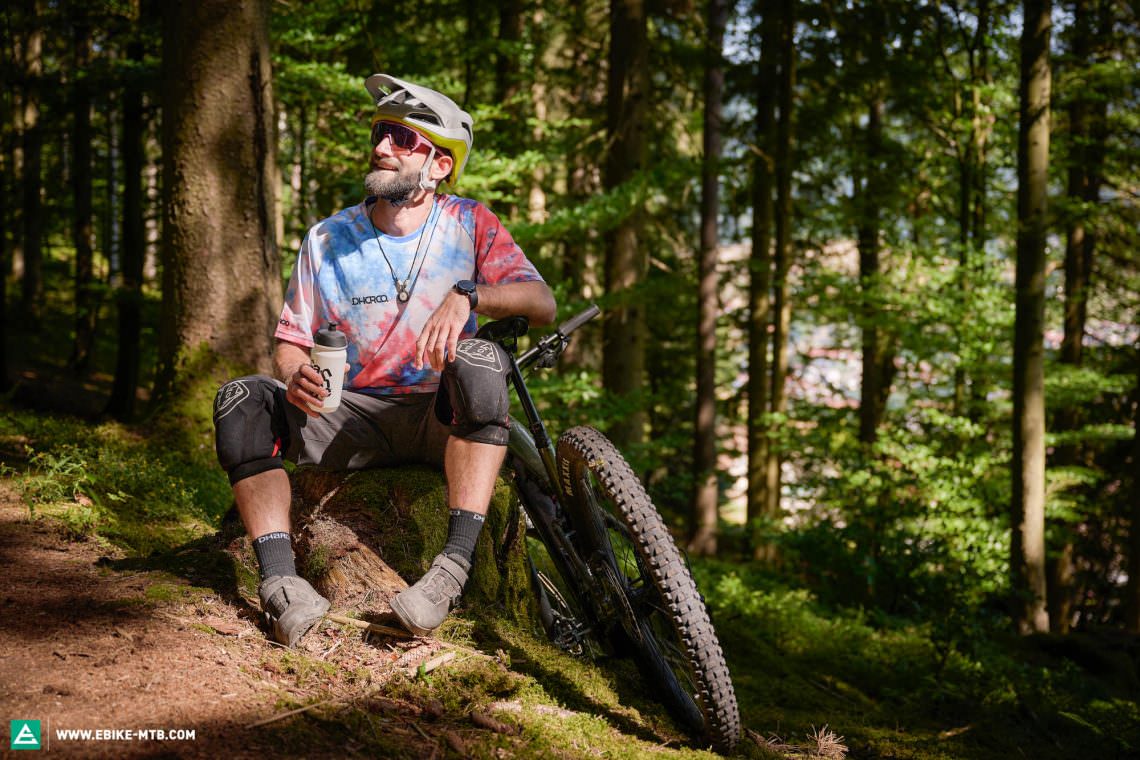
As with the motor, the model 4 is the outlier in terms of the drivetrain, relying on SRAM components instead of Shimano. All models come specced with 200 mm brake rotors at the front and rear. At the top of the range, you also get a Lezyne headlight, giving you that added level of safety on your evening ride home. The aluminium models are priced at € 5,499 and € 5,999 respectively while the carbon models start at € 7,499 and go up to € 8,499 for the flagship bike.
The components of the Cannondale Moterra Neo Carbon 2 on test
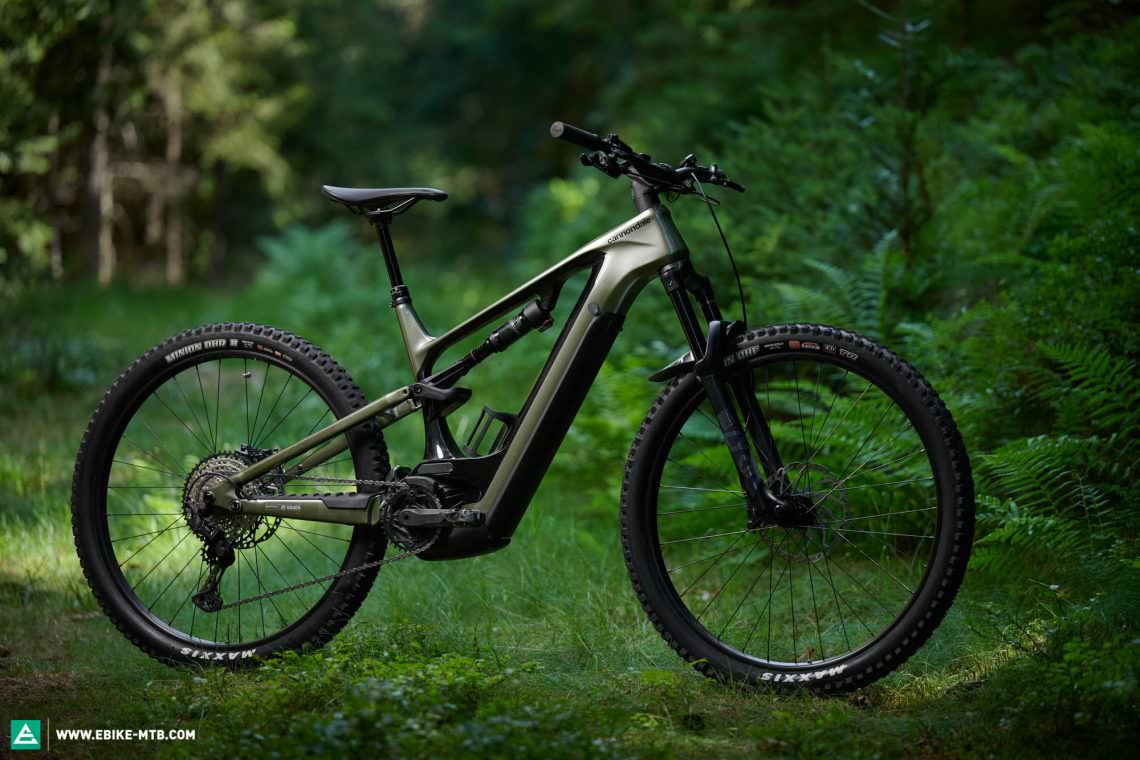
Cannondale Moterra Neo Carbon 2
€ 7,499
Specifications
Motor Bosch Performance Line CX 85 Nm
Battery Bosch PowerTube 750 Wh
Display Kiox 300
Fork RockShox Lyric Select 150 mm
Rear Shock RockShox Deluxe Select+ 150 mm
Seatpost Cannondale DownLow Dropper 150 mm
Brakes Shimano SLX 200/200 mm
Drivetrain Shimano SLX/XT 1x12
Stem Cannondale 1 35 mm
Handlebar Cannondale 3 Riser 800 mm
Wheelset WTB ST i30 29"
Tires MAXXIS Minion DHF EXO/Minion DHRII EXO+ 2.5"/2.6"
Technical Data
Size S M L XL
Weight 25.20 kg
Perm. total weight 150 kg
Max. payload (rider/equipment) 124 kg
Trailer approval No
Kickstand mount Yes
Our Cannondale Moterra Neo Carbon 2 test bike features a RockShox Lyrik Select fork, paired with a RockShox Deluxe Select+ shock. Both of them are easy to set up, though they don’t offer quite the level of adjustability that very performance-oriented riders might demand. The Shimano SLX brakes and 200 mm rotors reliably bring the bike to a halt. The SLX shifter uses the same clamp as the brake lever and allows the XT derailleur to shift up only one gear at a time, preventing the chain from being put under too much strain.


In contrast to the standard build which has to make do with a MAXXIS Rekon tire using the flimsy EXO casing at the rear, our test bike was fitted with a MAXXIS DHF model up front and a DHR on the rear. At least the rear tire had the EXO+ casing. For heavy and aggressive riders, we would go even thicker and recommend retrofitting tires with an EXO+ casing at the front and a Doubledown casing at the rear. We were able to insert the dropper post all the way into the frame on our test bike, but it offers just 150 mm travel. Fortunately, you will get a 170 mm dropper as standard from size L and up.
The geometry of the 2022 Cannondale Moterra Neo Carbon 2
For the 2022 update, the geometry of the Moterra has become somewhat slacker, longer and more “modern” overall. At 65°, the head angle has become slightly slacker than that of the predecessor and the seat tube angle has been steepened, now sitting at 77°. The chainstays are rather long at 455 mm. The bike is available in sizes S–XL with the size S featuring shorter chainstays and rolling on a smaller 27.5″ wheel at the rear. As such, Cannondale accommodate riders measuring from 157 to 195 cm tall.
| Size | S | M | L | XL |
|---|---|---|---|---|
| Seat tube | 400 mm | 440 mm | 460 mm | 490 mm |
| Top tube | 577 mm | 600 mm | 632 mm | 669 mm |
| Head tube | 105 mm | 115 mm | 125 mm | 135 mm |
| Head angle | 65° | 65° | 65° | 65° |
| Seat angle | 77° | 77° | 77° | 77° |
| Chainstay | 452 mm | 455 mm | 455 mm | 455 mm |
| BB Drop | 18 mm | 30 mm | 30 mm | 30 mm |
| Wheelbase | 1290 mm | 1235 mm | 1270 mm | 1309 mm |
| Reach | 435 mm | 455 mm | 485 mm | 520 mm |
| Stack | 617 mm | 626 mm | 635 mm | 644 mm |
The 2022 Cannondale Moterra Neo Carbon 2 on the trail
Riding on flat terrain, the Moterra feels somewhat hand-heavy, though it remains very comfortable to ride nonetheless. This is mainly due to the suspension and the fat tires, both of which provide plenty of damping. As soon as you hit a slight incline, you’ll find yourself sitting comfortably upright as the motor’s assistance lets you fly uphill with ease. On steeper, more technical climbs, you’ll have to shift your weight forward just a little to keep the front wheel grounded and in control. That said, the long chainstays help to ensure a relatively balanced weight distribution between the front and rear wheels, even on steep climbs, though this comes at the cost of agility through tight corners. Otherwise, you can rely on the Moterra to climb up even the steepest chutes thanks the powerful Bosch motor.
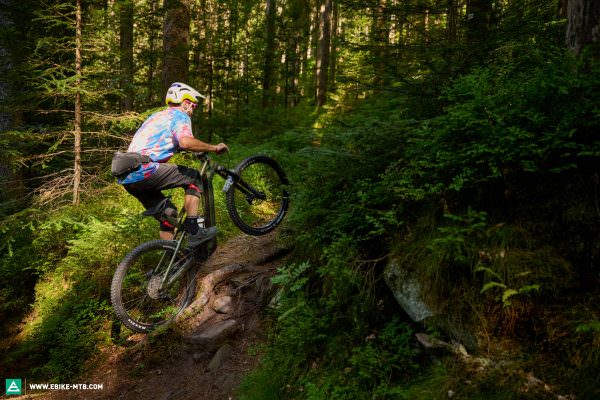
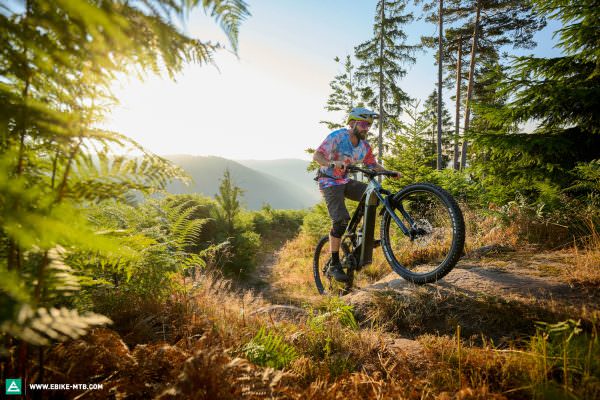
On moderately technical descents, the Moterra feels very balanced and good natured, instilling you with confidence. The first time you climb aboard the bike, it doesn’t take long to get comfortable with. It feels planted and nicely balanced on the trail. The slightly front-heavy riding position ensures that you’ve got enough weight on the front wheel even through open corners, making it easy to keep the Moterra on track. The plush suspension provides loads of traction and encourages you to stay off the brakes for as long as you dare, offering very stable handling in combination with the long chainstays.
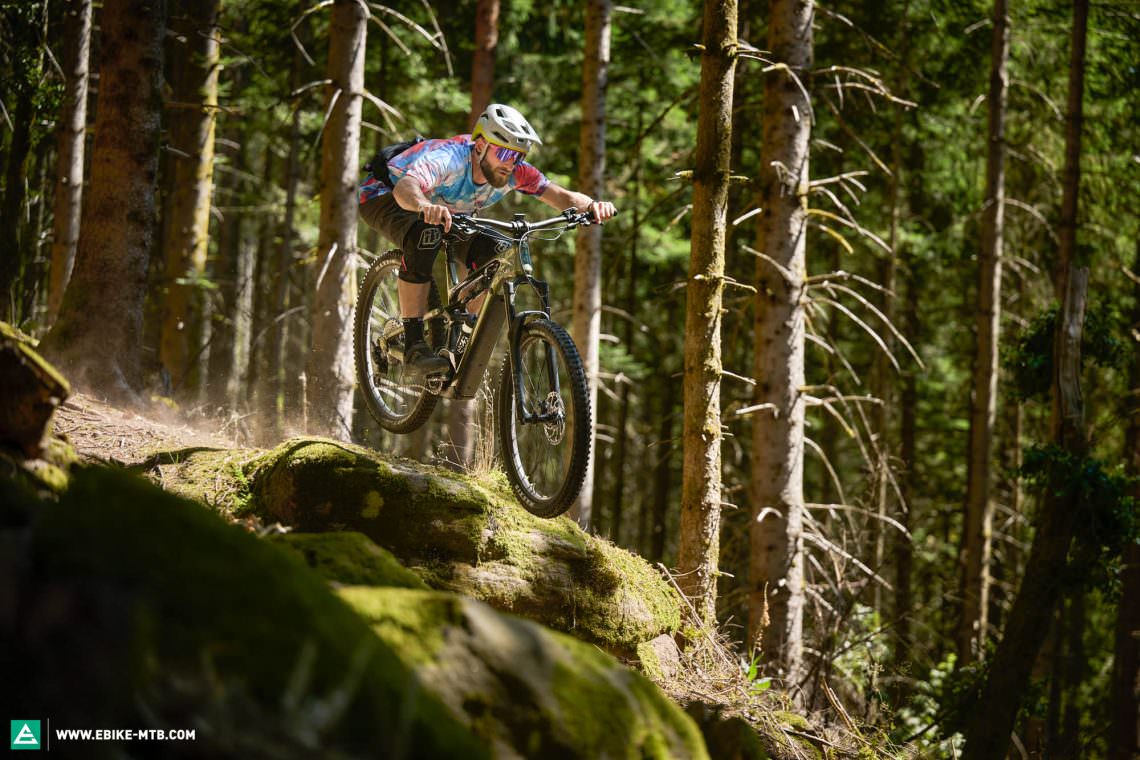
In steep, rough terrain, on the other hand, the front end is difficult to lob over obstacles or pull up off unexpected drops as it prefers to follow the pull of gravity. Fortunately, the robust aluminium skid plate will fend off impacts to the motor and slide over obstacles if necessary. On winding descents with fast switchbacks, the Moterra demands a lot of input and physical effort from the rider as it isn’t the most agile or playful. Moreover, ambitious riders will likely bemoan the limited adjustability of the suspension and should opt for the flagship model instead. On the other hand, beginners will enjoy the ease of the simpler setup.
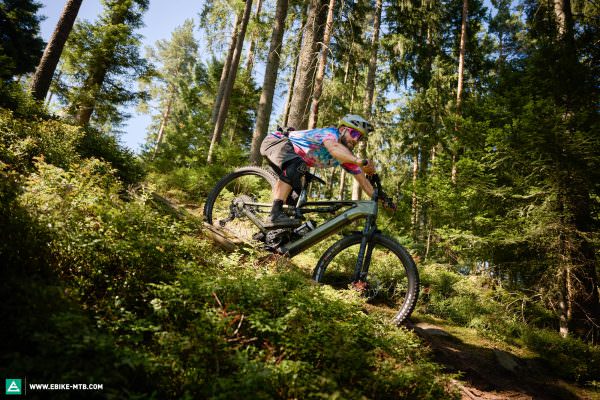
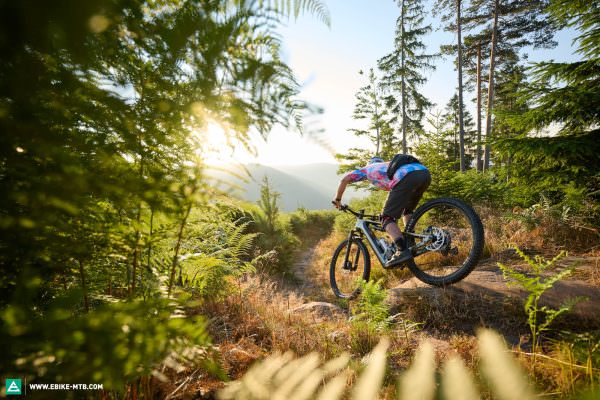
Cannondale have brought the Moterra up to date while maintaining its beginner-friendly, versatile character. The continuously updated Bosch Smart System and 750 Wh battery give you an even longer range and a host of practical features. If you’re everyday ebike hero, however, we recommend taking a closer look at the EQ model ;). On the trail, the suspension of the Cannondale Moterra Neo Carbon 2 is limited by its lack of adjustability, so very ambitious riders will prefer the flagship model.
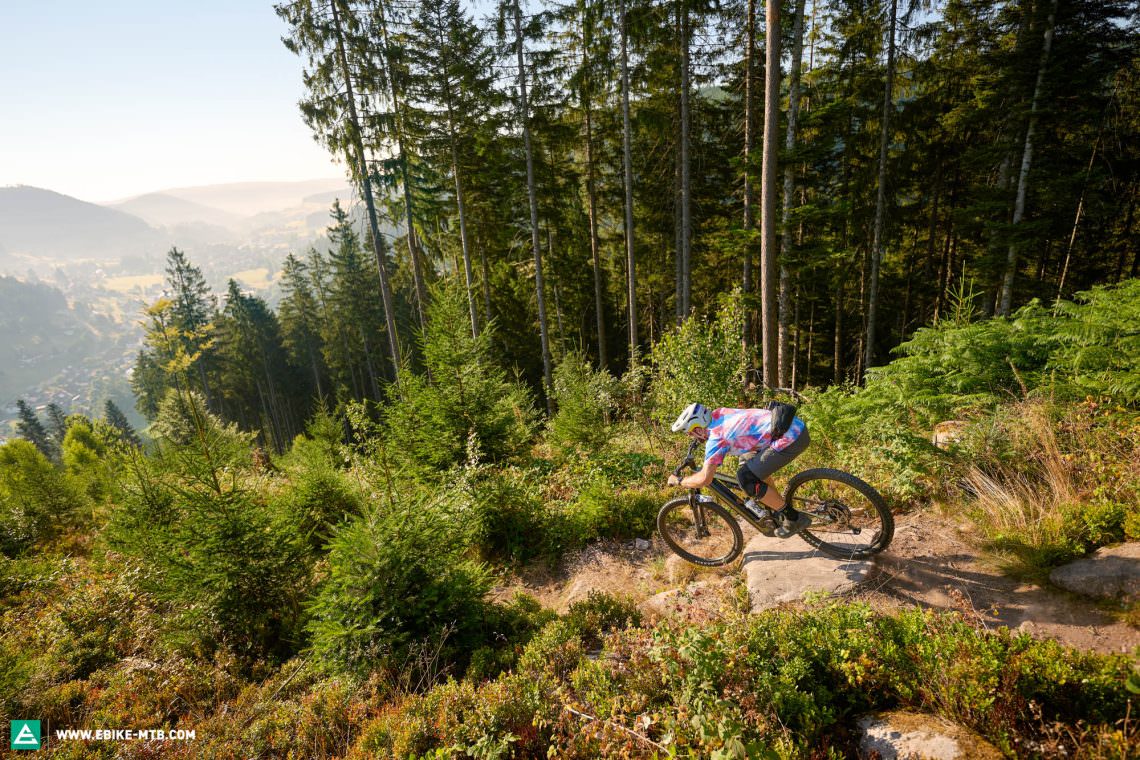
For more information, visit cannondale.com
Did you enjoy this article? If so, we would be stoked if you decide to support us with a monthly contribution. By becoming a supporter of E-MOUNTAINBIKE, you will help secure a sustainable future for high-quality cycling journalism. Click here to learn more.
Words: Julian Schwede Photos: Christoph Laue/Julian Schwede




